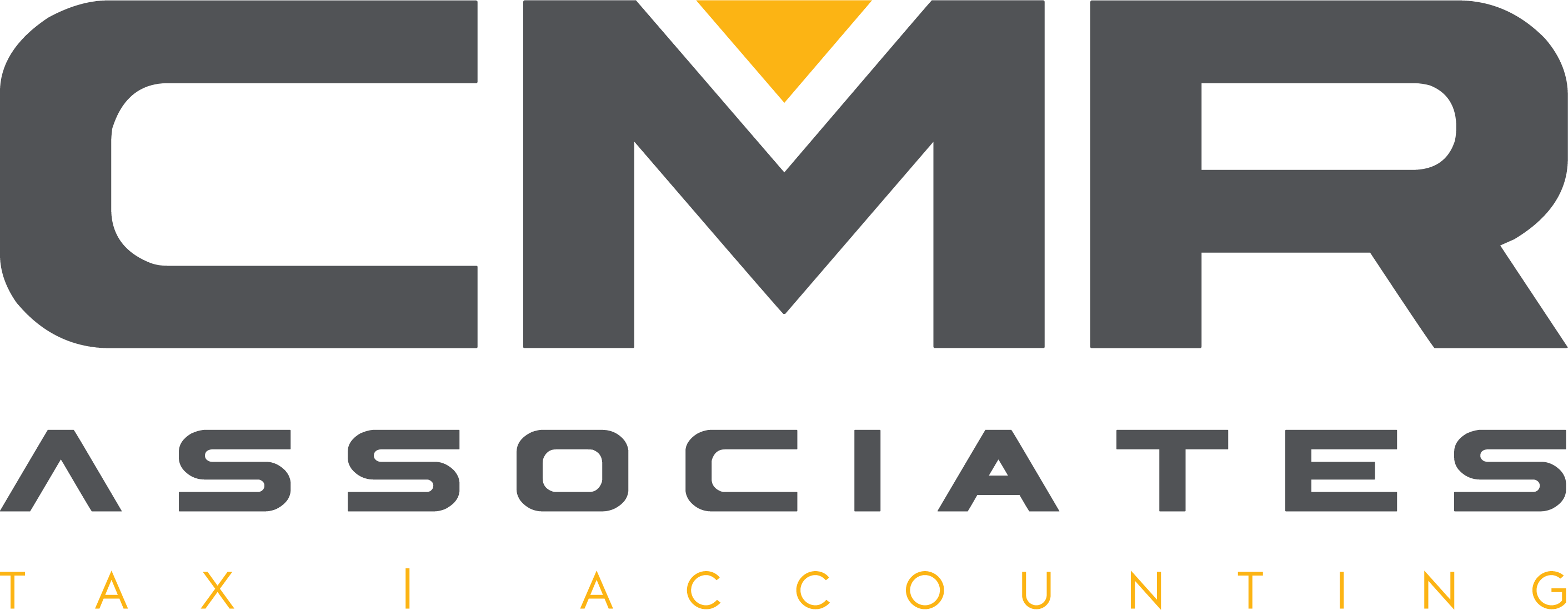
Research credit available to some businesses for the first time
The Tax Cuts and Jobs Act (TCJA) didn’t change the federal tax credit for “increasing research activities,” but several TCJA provisions have an indirect impact on the credit. As a result, the research credit may be available to some businesses for the first time.
AMT reform
Previously, corporations subject to alternative minimum tax (AMT) couldn’t offset the research credit against their AMT liability, which erased the benefits of the credit (although they could carry unused research credits forward for up to 20 years and use them in non-AMT years). By eliminating corporate AMT for tax years beginning after 2017, the TCJA removed this obstacle.
Now that the corporate AMT is gone, unused research credits from prior tax years can be offset against a corporation’s regular tax liability and may even generate a refund (subject to certain restrictions). So it’s a good idea for corporations to review their research activities in recent years and amend prior returns if necessary to ensure they claim all the research credits to which they’re entitled.
The TCJA didn’t eliminate individual AMT, but it did increase individuals’ exemption amounts and exemption phaseout thresholds. As a result, fewer owners of sole proprietorships and pass-through businesses are subject to AMT, allowing more of them to enjoy the benefits of the research credit, too.
More to consider
By reducing corporate and individual tax rates, the TCJA also will increase research credits for many businesses. Why? Because the tax code, to prevent double tax benefits, requires businesses to reduce their deductible research expenses by the amount of the credit.
To avoid this result (which increases taxable income), businesses can elect to reduce the credit by an amount calculated at the highest corporate rate that eliminates the double benefit. Because the highest corporate rate has been reduced from 35% to 21%, this amount is lower and, therefore, the research credit is higher.
Keep in mind that the TCJA didn’t affect certain research credit benefits for smaller businesses. Pass-through businesses can still claim research credits against AMT if their average gross receipts are $50 million or less. And qualifying start-ups without taxable income can still claim research credits against up to $250,000 in payroll taxes.
Do your research
If your company engages in qualified research activities, now’s a good time to revisit the credit to be sure you’re taking full advantage of its benefits.





